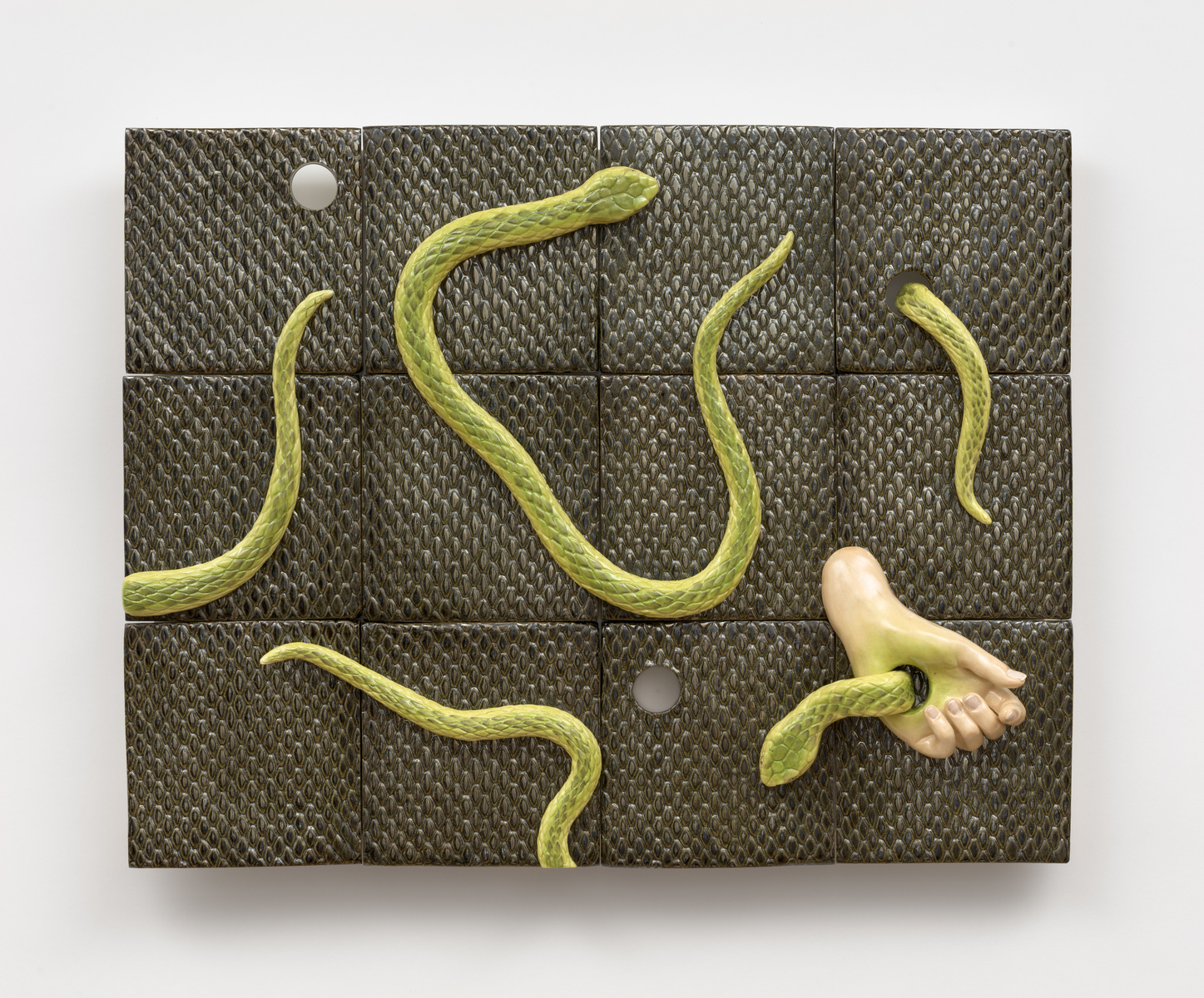Biennale, Dog
2003 - Drawing & Print (Drawing & Print)
Xu Tan
Biennale, Dog is an appropriation of the posters made to promote biennial art exhibitions. Displayed alongside the official marketing materials of biennials (Shanghai, Berlin, Venice, etc.) Xu’s works provide a satiric and provocative alternative to the official system and make publicly visible images of many realities. Biennials help various localities produce their own art scenes and provide playgrounds for the international art world to expand its activities and influences. This is a highly contradictory process that renders local productions globally visible, but yet risks reducing their complexity, difference, and independence. In a way, these temporary art exhibitions are the perfect example of the negative and positive impact of globalization that affects both social reality and personal destiny. Xu’s Biennials enact and publicize different “possible scenarios” that these contradictory factors might effect on the social imaginary.
Xu Tan began his career as a member of the well-known Guangzhou-based artist collective Big Tail Elephant. His installation and video works explore issues crucial to the post-Cold War, post-colonial, and increasingly globalized world like urbanization, the geopolitical relationships between the developed and developing worlds in terms of political, economic, and cultural production and their impacts on personal lives and their expressions. Xu’s works are often site-specific, dealing intimately with everyday experiences to critically demonstrate the tension between globally circulating images, modes of communication, and the impact they have locally. Powerfully and intelligently, Xu’s work calls for contemporary art to engage with social reality in our time.
Colors:
Related works sharing similar palette

© » KADIST
Minia Biabiany
2019Qui vivra verra, Qui mourra saura is an installation by Minia Biabiany composed of the plan of a house made out of strips of salt, and a “garden” made of ceramic pieces, hanging from the ceiling and on the floor, and non woven fabric...

© » KADIST
Rachel Rose
2019First Born by Rachel Rose is part of a series of works titled Borns which expands on the artist’s longstanding interest in the organic shape of eggs...
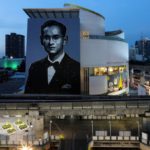
© » ARTS EQUATOR
BACC: Whose art centre is it anyway? | ArtsEquator Thinking and Talking about Arts and Culture in Southeast Asia Articles Reuters via South China Morning Post October 23, 2019 By Siriwat Pokrajen (1,180 words, 6-minute read) Anyone following the news about the Thai art scene must have already known about all the rough storms the Bangkok Art and Culture Centre (BACC) has been sailing through in the past couple of years...
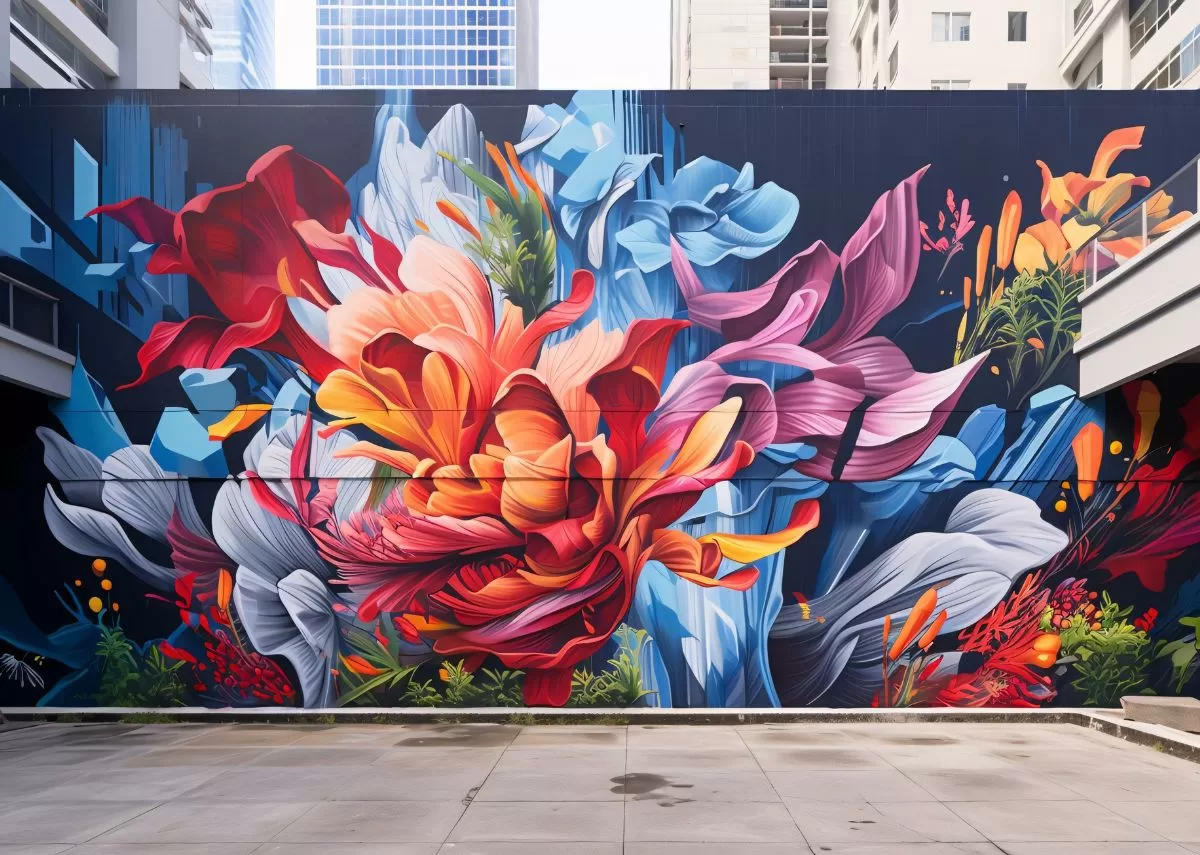
© » ART CENTRON
5 Ways To Integrate Art Within Urban Infrastructure Home » 5 Ways To Integrate Art Within Urban Infrastructure ART & DESIGN Nov 29, 2023 Ξ Leave a comment 5 Ways To Integrate Art Within Urban Infrastructure posted by Kelly Schoessling This beautiful murals is one of the ways to integrate art within urban infrastructure...

© » KADIST
Felix Gmelin
2004Ambiguous Gestures takes as its point of origin a film Gmelin discovered in his father’s archive...
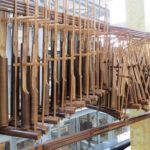
© » ARTS EQUATOR
Austrian singer collaborates with ‘angklung’ musicians at Indonesian Cultural Night in Vienna (via The Jakarta Post) | ArtsEquator Thinking and Talking about Arts and Culture in Southeast Asia ArtsEquator Radar July 10, 2018 Angklung musicians featuring Austrian soprano Maria Theresia Gruber staged the song Bengawan Solo at the Indonesian Cultural Night event held at Vienna’s Weltmuseum on Tuesday evening...
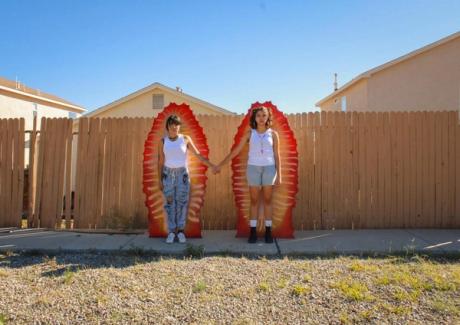
© » THEARTNEWSPER
Border Biennial showcases art across the Texas-Mexico border Art market Museums & heritage Exhibitions Books Podcasts Columns Technology Adventures with Van Gogh Search Search Exhibitions news Border Biennial showcases art across the Texas-Mexico border It’s the first physical iteration of the El Paso and Juárez exhibition in five years, after the onset of the Covid-19 pandemic shut down the 2020 edition Carlie Porterfield 15 December 2023 Share Pico del Hierro-Villa's Las Virgencitas Enamoradas (2022) Courtesy of the artist The Border Biennial, which celebrates art and culture across the US-Mexico border, is returning for the first time since the onset of the Covid-19 pandemic and related travel restrictions interrupted the 2020 edition of the event...

© » ART AND CAKE
In the Trenches: Artists Encounter the Los Angeles River, Part 1 – Art and Cake August 30, 2023 August 30, 2023 Author In the Trenches: Artists Encounter the Los Angeles River, Part 1 Michelle Robinson 2023 What Was 4th Street Acylic paint on print 40×60 in By Lawrence Gipe In the mid-1980’s, I lived on Santa Fe Avenue and 7th Street, and the idea of Los Angeles having a “river” was a bit of a joke...

© » KADIST
Hank Willis Thomas
2014Shot in black and white and printed on a glittery carborundum surface, Black Hands, White Cotton both confronts and abstracts the subject of its title...

© » KADIST
Asier Mendizabal
2012Rotation presents the image of a crowd, a re-appropriation of 19th or beginning of 20th century photographs published in newspapers and magazines...

© » ART AND CAKE
In the Trenches: Artists Encounter the Los Angeles River, Part 1 – Art and Cake August 30, 2023 August 30, 2023 Author In the Trenches: Artists Encounter the Los Angeles River, Part 1 Michelle Robinson 2023 What Was 4th Street Acylic paint on print 40×60 in By Lawrence Gipe In the mid-1980’s, I lived on Santa Fe Avenue and 7th Street, and the idea of Los Angeles having a “river” was a bit of a joke...

© » KADIST
Adelita Husni-Bey
2011Postcards from the Desert Island is a remake of a 50s educational film Holiday from the rules in which four children interact with an omniscient narrator who teleports them to a tropical island where there are no rules...


